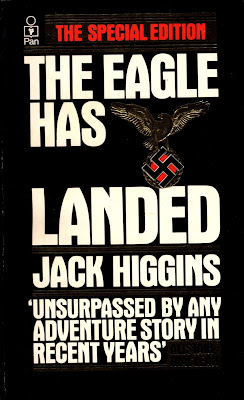I’ve never been accused of being a great writer or a
prolific writer, but in 2019 I approached “working” writer status. I had four
original crime short stories published. Three were published in related crime anthologies
edited by Paul Bishop and published by Wolfpack:
“No Chips, No Bonus” appeared in Pattern of Behavior;
“Awake” appeared in Criminal Tendencies; and
“Junkyard” appeared in Bandit Territory.
The fourth story, “121”, appeared in Rick Ollerman’s Down
& Out: The Magazine, Vol. 2, Iss. 1. Three of the tales—“No Chips, No
Bonus”, “Junkyard”, and “121”—featured a washed out former FBI agent named
Jimmy Ford working security in a nowhere casino town on the Utah-Nevada border.
I have more plans for Jimmy and we’ll see where he goes.
I wrote an Introduction for Stark House’s omnibus edition
of Lionel White’s Coffin for a Hood / Operation—Murder. I wrote five or
six reviews for Justin Marriott’s terrific Men of Violence. And there
were my usual contributions, which I’m proud of, to Mystery Scene Magazine: Five
Short & Sweet columns; a dozen or more book reviews; and a feature article
about mysteries that take place in circuses and carnivals titled, “Hey Rube!
The Mystery is at the Circus”
Overall, 2019 was a pretty
good writing year and I hope 2020 will shape up even better.














